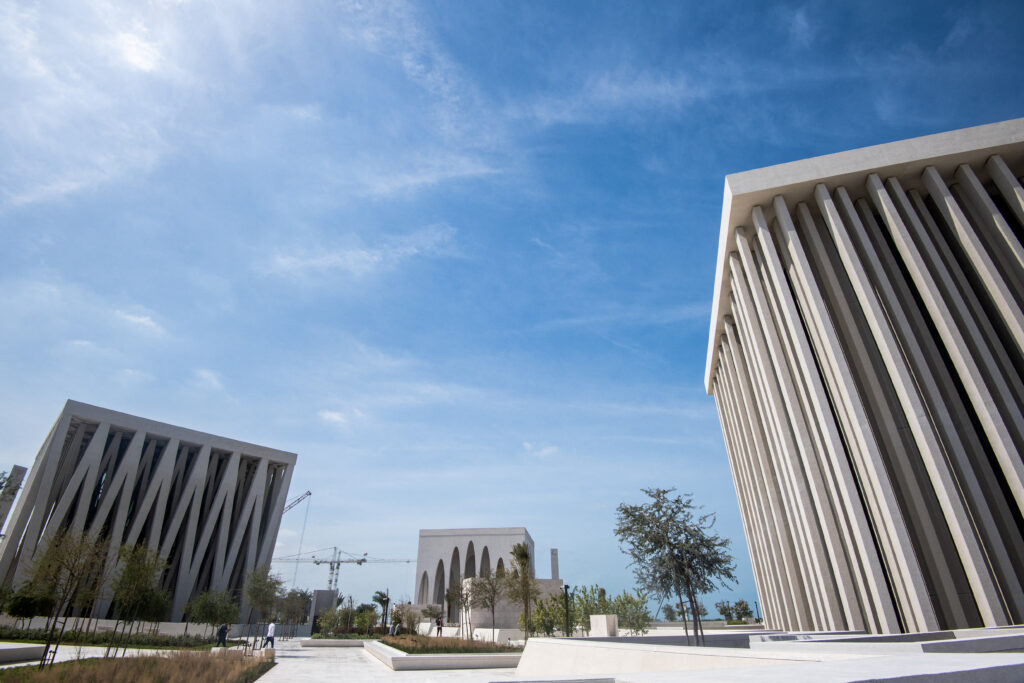Effects of a New Deadly Virus Reverberating across MENA Region
- - February 10, 2020
By Alessandro Arduino
SHANGHAI – The effects of a new strain of the deadly coronavirus that originated in Wuhan, China, are reverberating well beyond China’s borders. The Middle East and North Africa are bracing for impact.
A first case in the Middle East, reported in Dubai, recalls previous widespread epidemics.
During 2012, the Middle East Respiratory Syndrome coronavirus (MERS) claimed 858 victims out of 2,494 patients. MERS carried a higher fatality rate of 34% compared to the 15% of Severe Acute Respiratory Syndrome (SARS) in 2002.
The current coronavirus infection has presented a casualty rate of around 2%. However, the difference lies in the fact that the new virus’s dissemination rate is far faster than the two previous epidemics.
Coronavirus infected more than 24,500 people in two months. To limit the outbreak, China is enforcing an unprecedented lockdown by reducing the mobility of more than 35 million people, mainly in the provinces of Hubei and Zhejiang.
The Wuhan municipal government’s crisis management procedures during the virus’s early stages of diffusion, however, are questionable and questioned.
Beijing showcased what it learnt during the SARS epidemic when the government made a disastrous attempt to contain the information and not the virus. This time, Beijing implemented transparent communication with the international community while taking stern actions to stop the spread.
Chinese President Xi Jinping’s comment about the severity of the virus was an uncommon deviation from the standard state propaganda mantra that is “everything is under control.”
At the same time, each country in the Middle East and North Africa is supposed to have established standard operating procedures for early detection, contact tracing, containment and public communication. The reality differs.
Oman and Saudi Arabia were the first countries in the Middle East to suspend flights to China, followed shortly by Qatar and Iraq announced a travel ban on foreign visitors from China, both Chinese citizens and those from other countries arriving from China.
In contrast, the United Arab Emirates is keeping its highly trafficked airport hub in Dubai open, relying on rigorous high-tech automated screening for all passengers. In addition, the United Arab Emirates is monitoring all students returning from China, subjecting them to a mandatory 2-week quarantine.
In North Africa, safety procedures are focusing on temperature screenings at ports of entry.
The virus has not made landfall on the continent but East African countries such as Ethiopia are under the spotlight for allowing large numbers of incoming Chinese travellers. It does not come as a surprise because Addis Ababa Bole International Airport is a preferred logistics hub linking Chinese businessmen and tourists with the continent, followed by Cairo and Nairobi.
Each country is facing several difficulties with efforts to repatriate its nationals from Wuhan and Hubei province, which are at the epicentre of the outbreak.
Morocco repatriated at least 167 nationals from Wuhan and placed them under medically supervised quarantine. Iraq and Turkey have repatriated dozens of nationals.
Not only in North Africa but across the continent the repatriation effort is even more complex because of the presence of several thousand African students in affected areas in China.
Xi stated that China has the confidence and capability to win the battle on the prevention and control of the pneumonia epidemic caused by coronavirus. China has channelled an impressive amount of financial and technical resources to contain the virus and to sustain the fall of local stock exchanges.
During the first trading day after the Lunar New Year festivities, the Shanghai Stock Exchange index lost 8%. The People’s Bank of China injected $173 billion to slow the fall and avoid a domino effect.
Many Arab and African countries cannot count on an equal amount of financial resources and, most important, cannot implement the Chinese central government’s top-down approach, based on a technologically driven social control system that constantly monitors and evaluates the population’s daily activities.
In this respect, Gulf countries are better positioned to implement top-down policies as well as count on a strong financial foundation to sustain them.
The negative effects of the epidemic in the Middle East, which are far-reaching, are not exclusively related to the coronavirus crisis. The increasing efforts to isolate China are generating negative ripple effects in stocks markets as well as in global logistics chains.
The first shockwave is going to hit the economy with long-standing and difficult-to-predict consequences.
Not only are thousands of Chinese workers located in the MENA region along with the Belt and Road Initiative infrastructure projects and the oil fields but Chinese tourists are a key pillar of several countries’ hospitality sector.
In the energy sector, OPEC members are considering reducing oil output because of decreasing demand for oil from China.
In other industrial sectors, such as construction, the effect of the virus is going to show significant effects after a few months due to sector seasonality. For example, following the Chinese New Year, the steel market is usually expected to slow down because most construction projects in China were halted while waiting for the return of migrant workers.
This year, long-distance bus services and public transportation that have been suspended in many Chinese cities are not expected to resume soon.
Behavioural economists demonstrated beyond a reasonable doubt that irrational “herd cognitive errors” can lead to wrong decisions.
The effect of diffused fear will put pressure not only on the medical structures but also on the markets. In the age of pervasive social media, containing the spread of panic and unconfirmed news is an indispensable component of the fight against the virus. THE ARAB WEEKLY
About the Author
Dr Alessandro Arduino is a principal research fellow at the Middle East Institute (MEI), National University of Singapore. He is the co-director of the Security & Crisis Management International Center at the Shanghai Academy of Social Science (SASS-POLITO) and an external associate at Lau China Institute, King’s College London.
Photo: -/AFP
More in This Series
- Jean-Loup Samaan
- - October 15, 2024
- Clemens Chay
- - August 21, 2024
- Jean-Loup Samaan
- - July 11, 2024








